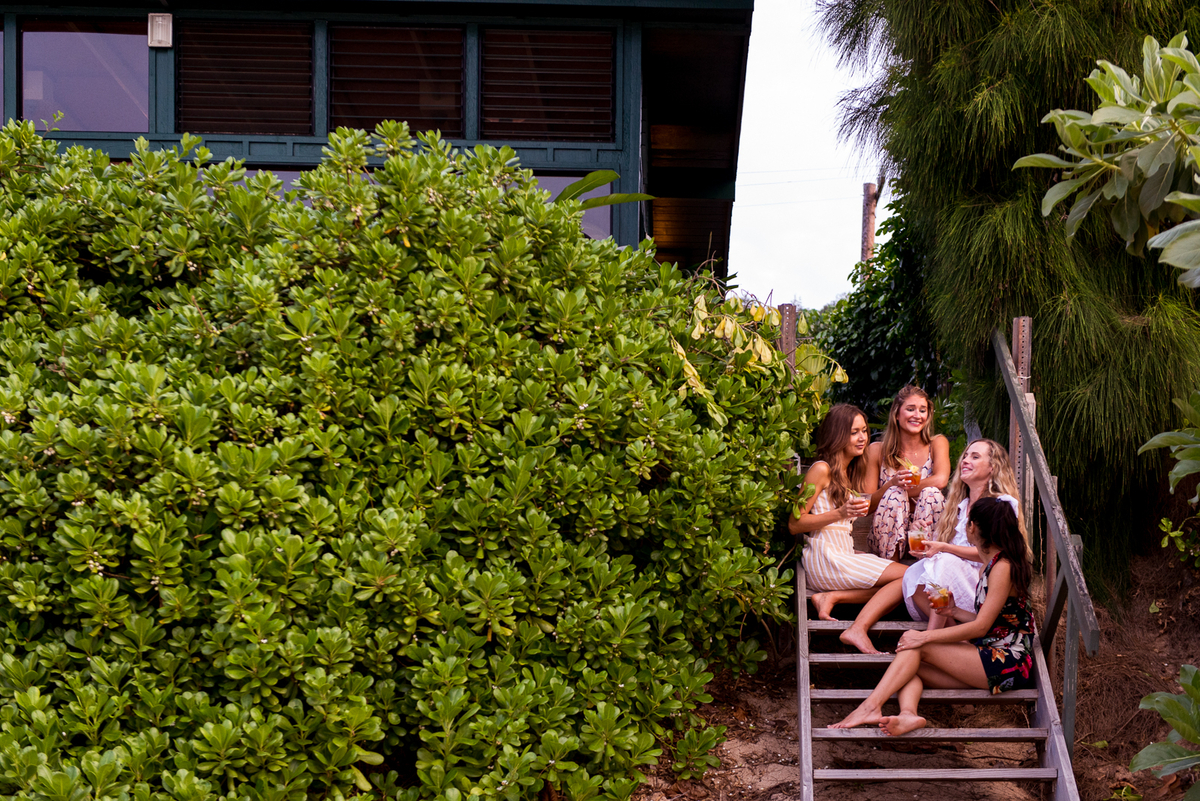You Should Divide These Perennials in Late Summer
Perennials—the plants that come back year after year—are always worth the investment. But you can save even more on that investment by simply dividing the plants that are already in your yard: In many cases, you can just calve...

Perennials—the plants that come back year after year—are always worth the investment. But you can save even more on that investment by simply dividing the plants that are already in your yard: In many cases, you can just calve off some of the existing plant, roots and all, and plonk it down in another part of the yard to spread the perennial wealth around.
Divide these perennials in late summer
Here are the plants you can be dividing right now, during the late summertime.
Iris clumps
Those statuesque throated beauts actually need you to break them up because they’ll crowd each other out. It’s why you see so many people giving away irises this time of year. In fact, if you don’t have irises, hit the regular secondhand spots (Craigslist, Nextdoor, Facebook Marketplace) to grab them. Irises are a rhiozome—they look a lot like ginger root. Those rhiozomes are planted close to the soil’s surface with shallow roots, but man, can they take hold.
To divide irises, you can go in with a hori hori, which has a sharp serrated edge and try to break some free. For large clumps, you can try to just dig around them with a spade and hope to break off a bunch. However, my trick is to grab a bread knife—that is, a serrated knife—and get into the dirt and saw through the tubers. You don’t have to plant these again immediately; you’ve got a few days, but don’t let them dry out too much before planting.
Lilies
Dayliles, Oriental lilies, and Asiatic lilies will always be producing more bulbs. But those bulbs will produce smaller and smaller flowers each year unless they’re refreshed. You need to dig them up, and replant them to get them to establish new roots so they can produce better blooms. To do this, go in carefully with a spade or a hand shovel. Loosen the soil on the roots, and then try to break up the soil where the bulb is going back in. Add some bulb food or fertilizer, and then bury the bulbs under the soil.
How deep you plant a bulb depends on their size. If the bulb is one inch circumference, plant it one inch deep. If it’s a three-inch bulb, plant it three inches down, etc. It’s important for bulbs to experience the cold of winter so refreshing them in September or October is key. And remember: lilies are toxic to cats, so make sure you’re planting them where cats can’t access them.
Columbines
This underrated stunner can be divided in August so you’ll see more of these delicate blooms next year. When you have a sizeable enough clump, you’ll simply use a spade (shovel) to break off a bit of the plant by driving it straight down into the rootball. The resulting clump of roots and dirt should be transplanted immediately, dirt and all, disturbing the roots as little as possible. Make sure to water in the transplant, and replace the dirt around the original plant. Give both plants a little shade for a few days to recover.
Peonies
People with these ruffly, perfumed drops of heaven in their yard know what they’re sitting on. A peony will create a few new blooms every year, but a new plant will take a few years to really take hold. You can divide your peonies by taking at least a few eyes of your peony and dividing it using your space as described above. Be sure to take care to plant these new roots at the same depth as the plant they came from, and keep them well-watered. The investment of time is well worth it, as garden center peonies are pricy.
Yarrow plants
A pollinator’s dream, this tall yellow flower has recently come out in gorgeous shades of red and pink, filling the garden with butterflies, birds, and bees. That said, yarrow is a dictator that can take over a space. You should never need to grow yarrow from seed; instead, take it off someone else’s hands when they divide. If you have yarrow, be sure to get in there and divide it yearly with a spade through the rootball, and give it away or spread it around.

 ValVades
ValVades 
































